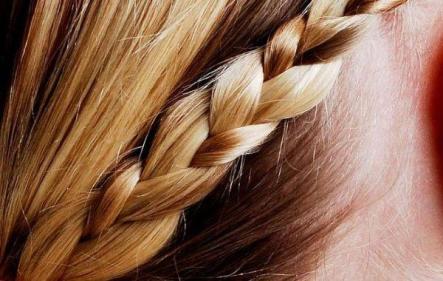You will spend a lot of time each day breastfeeding, so it is very important that you find a position that is best for both you and your baby.
The cradle hold is the normal hold that most women use. Your baby’s head is cradled in the crook of your arm and she feeds from the breast at that side of your body, the rest of her body being supported by that same arm. Sit in a comfortable chair with armrests, or on a bed with lots of pillows. Your feet should be slightly raised so that you do not lean forward toward your baby while she is feeding. Your baby can either lie on your lap or on a pillow in your lap - whichever is best for you. Your baby should lie horizontally or at a slight angle to you. This position works well for full-term babies born vaginally. Women who have had a C-section have said that this position puts too much pressure on their abdomen.
The crossover hold, which is also known as the cross-cradle hold, differs from the cradle hold because your baby’s head is not supported in the crook of your arm. This position requires you to hold your baby in the arm opposite to the breast that she is feeding from. Your baby’s chest and tummy should be facing you, with her head being supported by your hand. This hold works well for small babies and infants who have a problem to latch on.
The clutch or football hold is a position where your baby lies under your arm, like you would hold a football or handbag. Your baby will lie under the arm next to the breast she is feeding from. She should face you with her nose level with your nipple - her feet will be pointing toward your back. Your arm can be supported with a pillow lying right next to you, and your hand supporting your baby’s shoulders, neck and head. This hold should work if you have had a C-section, as the baby is not lying across your abdomen. It also works well for babies who are small or have trouble latching on. Women who have large breasts, flat nipples, or have had twins also find this position comfortable.
The reclining position requires you to lie on your side in bed. Pillows can be placed under your head and shoulders, as well as one between your bent knees. The whole point is to keep your back and hips in a straight line. With your baby facing you, you can hold her head with your hand of your bottom arm. Alternatively, you can hold her head with the hand of your top arm, and tuck your bottom arm behind your head.






